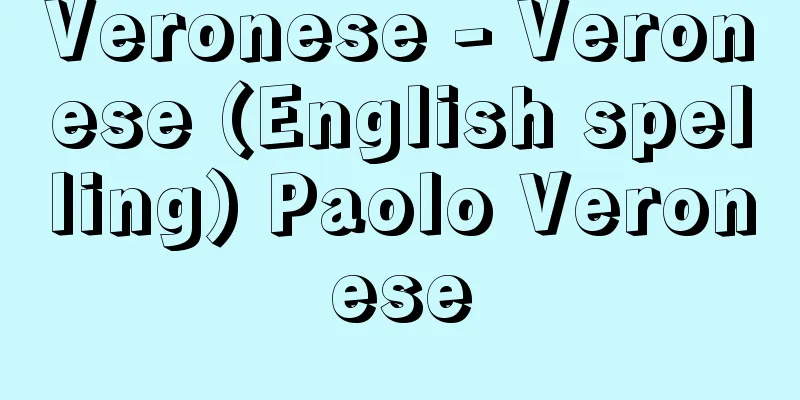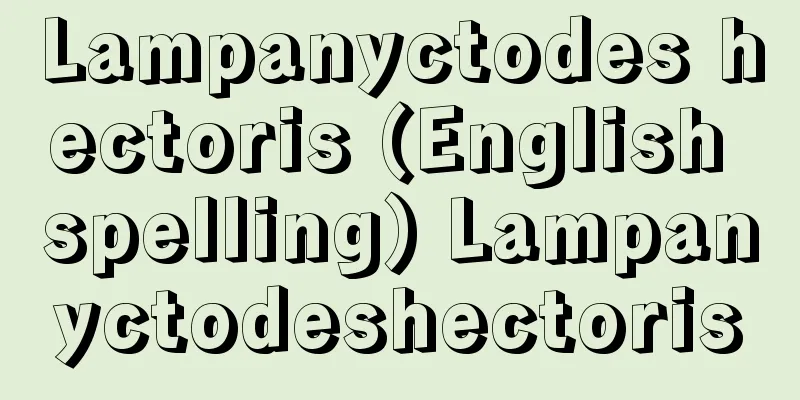Veronese - Veronese (English spelling) Paolo Veronese

|
Italian Renaissance Venetian painter. His real name was Paolo Caliari. He was born in Verona, so he was called "Veronese". His father was a sculptor, but he studied under the painter Antonio Badile. He was already famous as a painter when he moved to Venice in 1553, and was commissioned to paint the ceiling of the Decembristol Room in the Palazzo Ducale. From 1555, he painted many large works for the Basilica of San Sebastiano, and by making full use of bright light, warm colors, and skillful elevation techniques, he established a typical Venetian style of painting alongside Titian and Tintoretto. After visiting Rome in 1560, he collaborated with the architect Palladio to create frescoes for the Villa Barbaro by Mazer, a work that clearly demonstrates Veronese's decorative sensibility. He is also famous for his lavish religious feast scenes, such as The Supper in the House of Simon (before 1573, Louvre, and around 1560, Turin City Gallery), The Feast of St. Gregory (1572, Vicenza, Santuario di Monte Bellico), and The Wedding Feast at Cana (1562-63, Louvre). His The Supper in the House of Levi (Venice Academy Gallery) was condemned by the Inquisition for being too secular (1573) for including clowns and drunkards. However, all of these paintings are set in a clear and majestic colonnaded space reminiscent of Palladio's architecture, depicting voluptuous men and women in lavish costumes with a festive atmosphere reminiscent of an outdoor theater, making them genre scenes that reflect the Venetian aristocratic society of the time, while also showing a pioneering Baroque style of painting. He also painted many mythological and historical paintings, but in his later years he was involved in many projects at the Palazzo Ducale in Venice, and is especially known for his ceiling painting in the Great Council Room, "The Triumph of Venice" (c. 1583). He died in Venice on April 19, 1588 (estimated). [Shinozuka Fumio] 1570s Oil painting (Collection of the Metropolitan Museum of Art ) Veronese: "Mars and the Man Who Were Bound by Love..." Source: Shogakukan Encyclopedia Nipponica About Encyclopedia Nipponica Information | Legend |
|
イタリア、ルネサンス期、ベネチア派の画家。本名Paolo Caliari。ベローナ生まれなので、「ベローナ人」つまりベロネーゼとよばれた。父親は彫刻家であったが、画家アントニオ・バディーレのもとで学ぶ。ベネチアに移住した1553年ごろにはすでに画家として有名で、パラッツォ・ドゥカーレの十人委員会室の天井画を依頼されている。55年からサン・セバスティアーノ聖堂のために多くの大作を描き、明るい光と暖色系の色彩、また巧みな仰視法を駆使して、ティツィアーノやティントレットと並んで典型的なベネチア派絵画を確立した。60年にローマを訪れたのち、建築家パラディオに協力して、マゼールのビラ・バルバロにフレスコ壁画を制作、ベロネーゼの装飾的感覚がよく発揮された作品である。また『シモン家の晩餐(ばんさん)』(1573以前、ルーブル美術館。および1560ころ、トリノ市立美術館)、『聖グレゴリオの饗宴(きょうえん)』(1572、ビチェンツァ、サントゥアーリオ・ディ・モンテ・ベリコ)、『カナの婚礼』(1562~63、ルーブル)など、宗教に題材をとった豪華な饗宴図を描いたことでも名高いが、『レビ家の晩餐』(ベネチア・アカデミア美術館)には道化や酔漢までが描き込まれ、あまりに世俗的であるとして当時の宗教裁判所から糾弾されたこともあった(1573)。しかし、いずれもパラディオの建築を思わせる明快で雄壮な列柱の並ぶ空間に、豪華な衣装をまとった豊満な男女が、野外劇のような華やいだ気分で描かれており、当時のベネチアの貴族社会を映した風俗絵巻であると同時に、バロックの先駆的画風をも示している。このほか神話画や歴史画をも多数描いているが、晩年はベネチアのパラッツォ・ドゥカーレで多くの仕事に従事、とくに大評議員会室の天井画『ベネチアの勝利』(1583ころ)が有名である。88年4月19日(推定)ベネチアで没した。 [篠塚二三男] 1570年代 油彩メトロポリタン美術館所蔵"> ベロネーゼ『愛によって結ばれたマルスと… 出典 小学館 日本大百科全書(ニッポニカ)日本大百科全書(ニッポニカ)について 情報 | 凡例 |
>>: Belonite (English spelling)
Recommend
Rothenburg (English spelling)
A small city in Bavaria, southern Germany. Locate...
Eléonore d'Aquitaine
Please see the "Eleanor [Aquitaine]" pa...
Berkman, A.
…A skilled orator, he contributed to the American...
Khalij 'Umān (English spelling) Khalij Uman
The Strait of Hormuz is a strait that connects th...
Solo act - Tandokukoui
A legal act that is established by only one expre...
Lev Yakovlevich Shternberg
1861‐1927 Soviet ethnologist. Also known as Shtern...
Um
Okinawa dialect word meaning potato. One of the tr...
Kiso eleven post towns
...The Kiso post towns were characterized by the ...
Ithakē (English spelling)
Ithaca is an island located at the mouth of the G...
Ikoma River
...It is about 15 km long and has a drainage area...
electrochemical series
…The order of ionization tendency of the major el...
executive branch
...The second point of terminology is that the ac...
squirrel glider
...They are friendly to humans and are sometimes ...
Adult - Adult
An individual is an individual that, after ontoge...
Henan [town] - Kanan
A former town in Monou County in the central easte...



![Maebashi [city] - Maebashi](/upload/images/67cce29ee2d60.webp)




![Komatsushima [city] - Komatsushima](/upload/images/67cb9af045f6a.webp)
